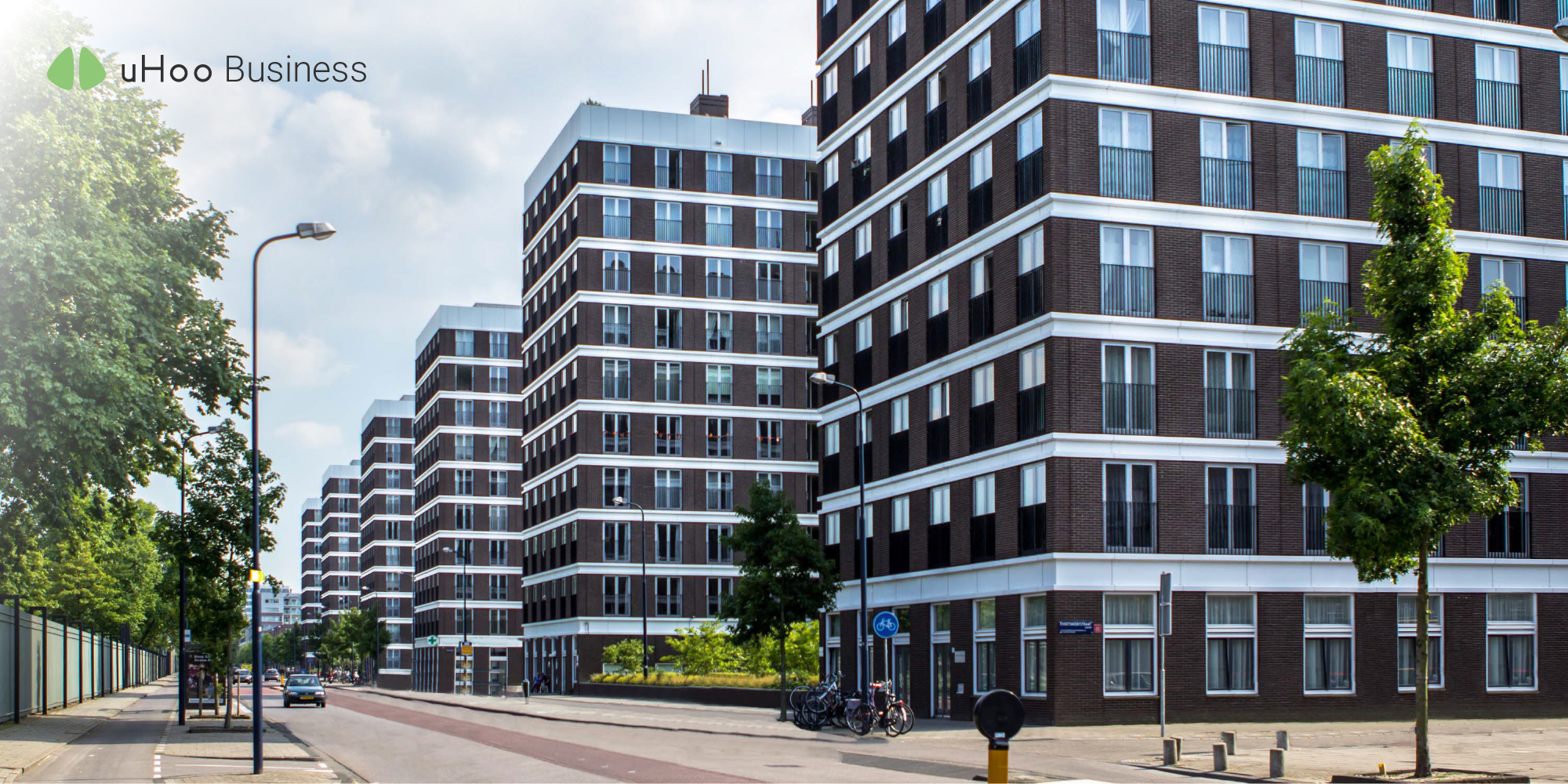Building certification is an essential process that ensures the safety, durability, and sustainability of structures. In today’s construction industry, building certification is not only a legal requirement, but it is also becoming increasingly necessary for a variety of reasons, such as insurance purposes, energy efficiency, and environmental sustainability. In this article, we will discuss everything you need to know about building certification, including what it is, why it is important, and how to obtain it.
What is Building Certification?
Building certification is the process of assessing and verifying that a building or structure complies with the relevant building codes, standards, and regulations. This includes ensuring that the structure is safe, structurally sound, and built to withstand the forces of nature. Building certification also involves verifying that the structure is energy efficient, environmentally sustainable, and equipped with appropriate fire safety measures.
Why is Building Certification Important?
Building certification is crucial for a number of reasons. Firstly, it ensures that the building is safe for its occupants and the general public. A certified building has been assessed and verified by a qualified professional to meet all relevant safety standards and building codes. This gives occupants and visitors peace of mind knowing that they are in a secure and safe environment.
Secondly, building certification is necessary for obtaining insurance. Insurance companies will require proof that the building has been certified before they can provide coverage. This is because certified buildings are less likely to suffer from accidents or structural damage, which reduces the risk of insurance claims.
Finally, building certification is essential for environmental sustainability. Certified buildings have been designed and constructed to meet strict environmental standards, such as energy efficiency and reduced carbon footprint. This not only benefits the environment, but it can also result in cost savings for building owners and tenants through reduced energy bills.
How to Obtain Building Certification?
Obtaining building certification involves several steps, which can vary depending on the type and complexity of the structure. In general, the process involves the following:
- Engage a qualified building certifier – A building certifier is a qualified professional who has the necessary expertise and knowledge to assess and verify that a building complies with all relevant building codes, standards, and regulations. It is important to engage a certifier who is licensed and experienced in your state or territory.
- Submit plans and documentation – Before construction begins, the building owner or developer must submit plans and documentation to the certifier for review. This includes architectural and engineering plans, specifications, and other relevant documents.
- Inspection and assessment – During construction, the certifier will conduct regular inspections to ensure that the building is being constructed in accordance with the approved plans and meets all relevant building codes and standards. Once construction is complete, the certifier will conduct a final inspection and issue a certificate of occupancy if all requirements are met.
- Ongoing compliance – Building certification is not a one-time process. It requires ongoing compliance and monitoring to ensure that the building continues to meet all relevant safety, environmental, and energy efficiency standards.
Conclusion
Building certification is a critical process for ensuring the safety, durability, and sustainability of structures. It is essential for protecting occupants and the general public, obtaining insurance coverage, and promoting environmental sustainability. If you are planning to construct a new building or renovate an existing one, it is important to engage a qualified building certifier to guide you through the certification process. Remember that building certification is not a one-time process, and ongoing compliance and monitoring are necessary to ensure that the building continues to meet all relevant standards.
